Architizer celebrates the best in architectural photography with the A+Awards.
Each year since 2013, Architizer celebrates the best achievements in the architectural industry, with the international open competition A+ Awards. Entries are judged by more than 300 luminaries and thought leaders from fields as diverse as fashion, publishing, product design, real estate development, and tech for the jury award, and are open to public voting for the popular choice award. There are 49 typology categories, 37 architecture+ categories, and 28 product categories.
The 5 finalist in the Architecture + Photography & Video category for 2017 are:
01. Ema Peter Photography for the project ‘Grandview Heights Aquatic Center’ in Surrey Canada designed by HCMA Architecture.
“The aquatic and fitness programs consist of a 50m lap pool designed to meet FINA standards for competitive diving, swimming, synchronized swimming and water polo. The program is contained within an undulating wood roof created by 5″ x 10″ glulam beams, hung like cables from post-tensioned concrete buttress at either end of the building. The dynamic roof form achieves the clear spans required for pools using a very shallow structure – reducing the building volume and amount of building envelope required, and in turn reducing operating costs related to heating and cooling as well as achieving material efficiency.”
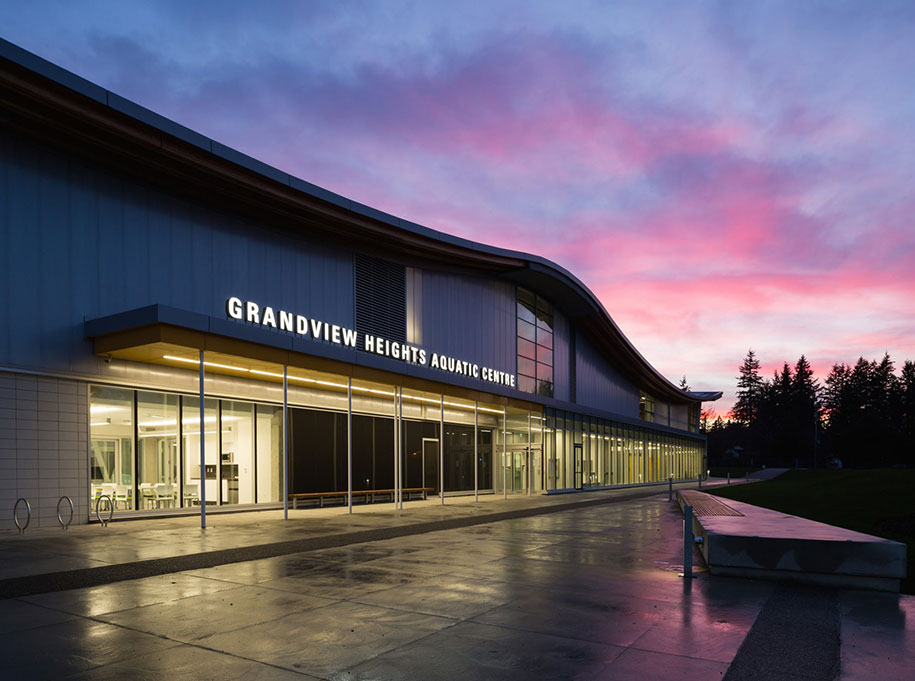
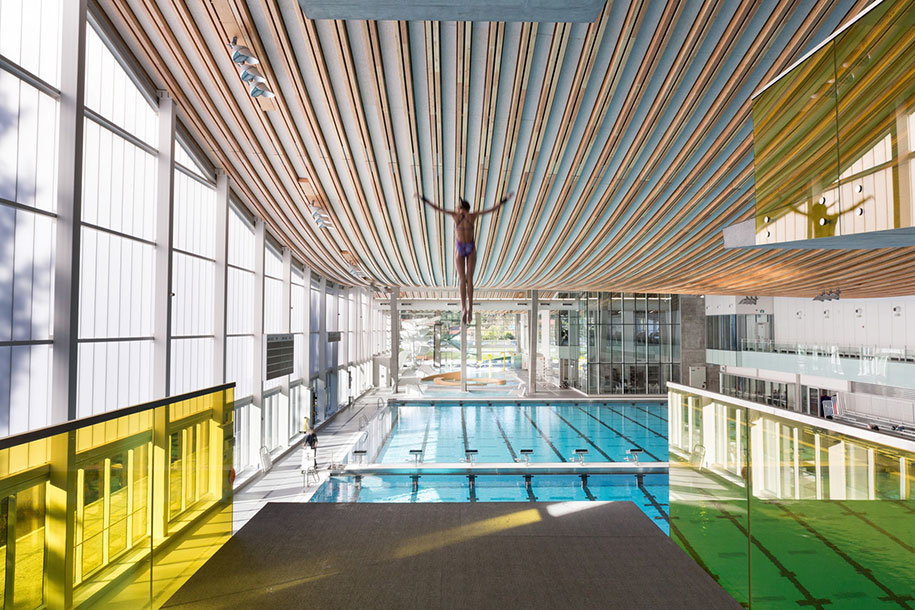
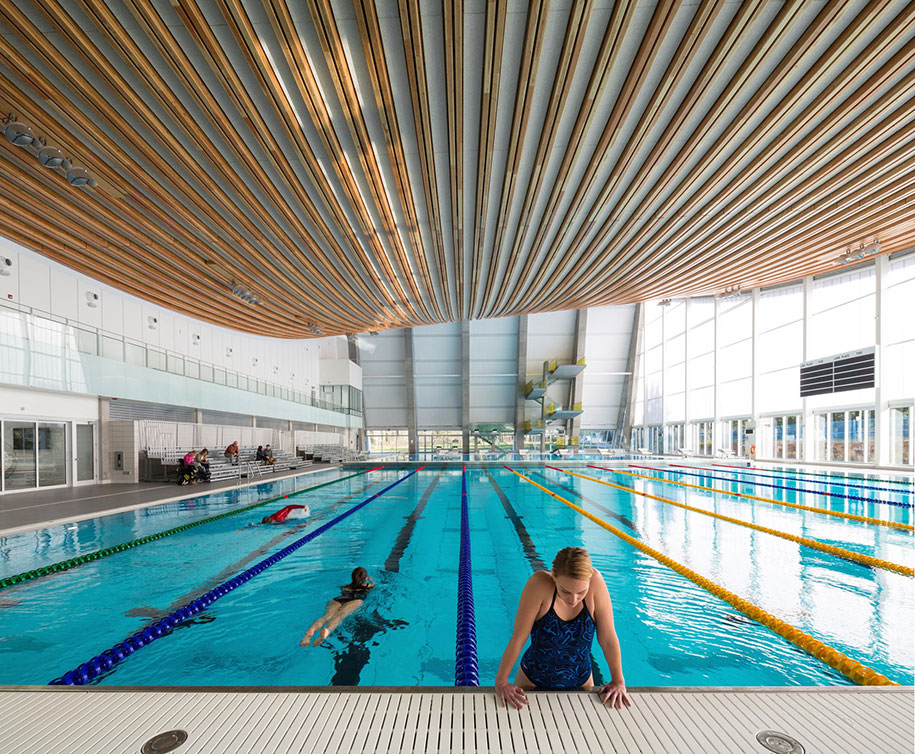
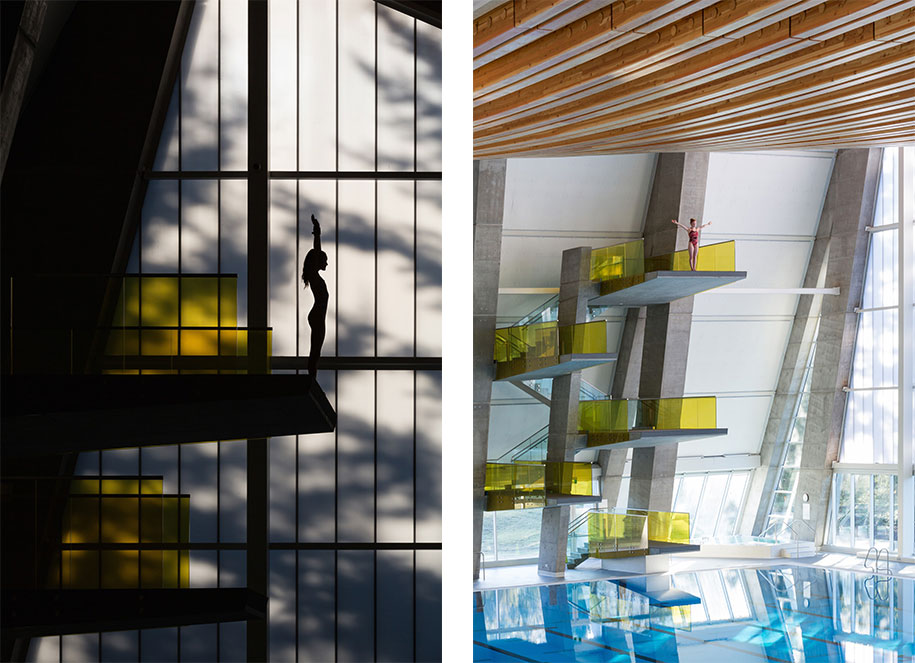
More here.
02. Steve King Photography for the project ‘Manshausen Island Sea Cabins’ in Steigen Norway designed by Snorre Stinessen.
“The green auroa photos from first night at Manshausen, capture the deliberate way these buildings have been designed to embrace the landscape, the seascape and the skyscape of the island. This architecture is a machine for perception. It uses minimal form, a wrap around, frameless glass living room, and strategic site placement to carefully direct your visual attention back and forth between the architecture and environment. In doing so, these buildings draw you into an awareness of your own positions in the building, and on the island.”
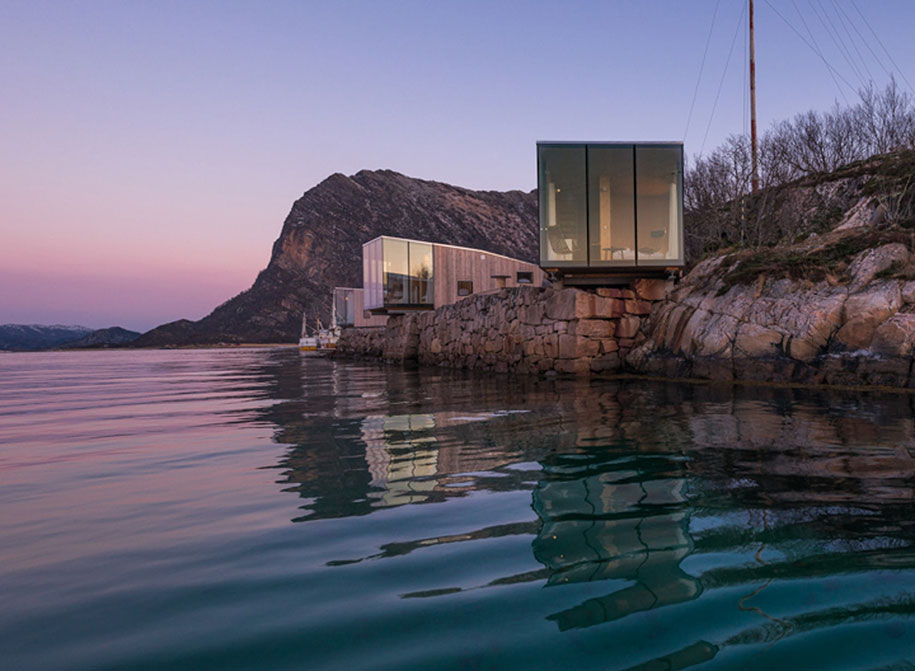
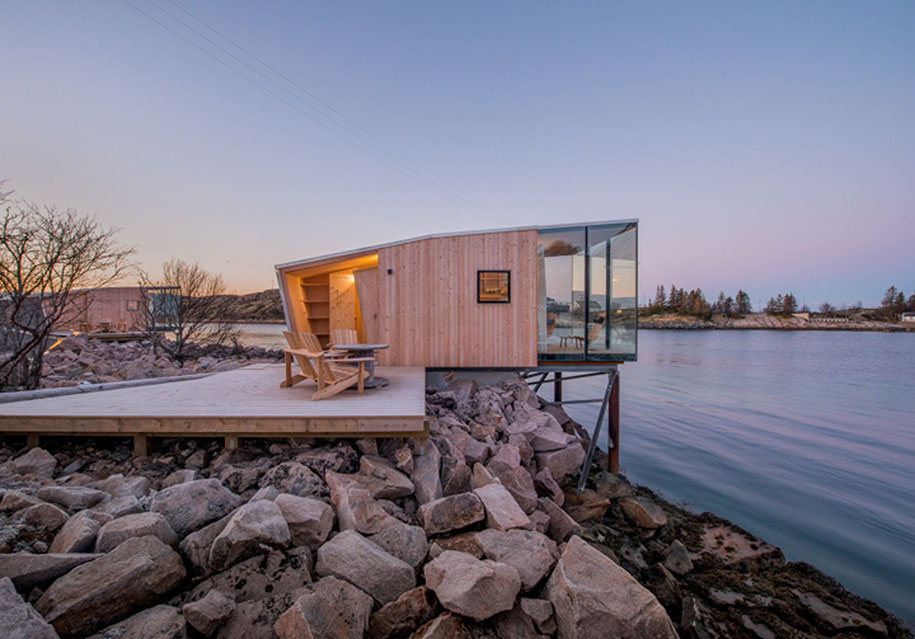
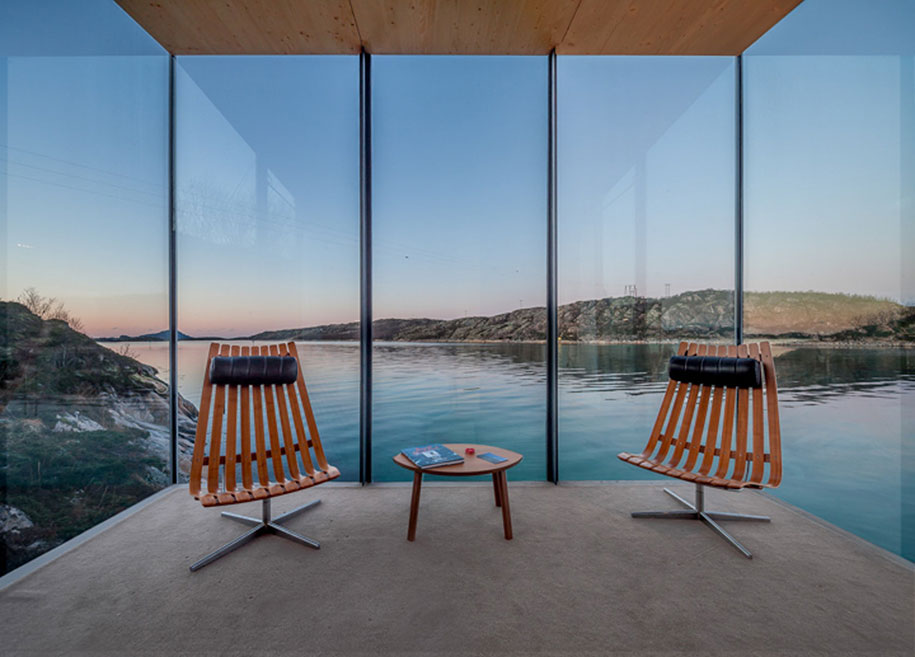
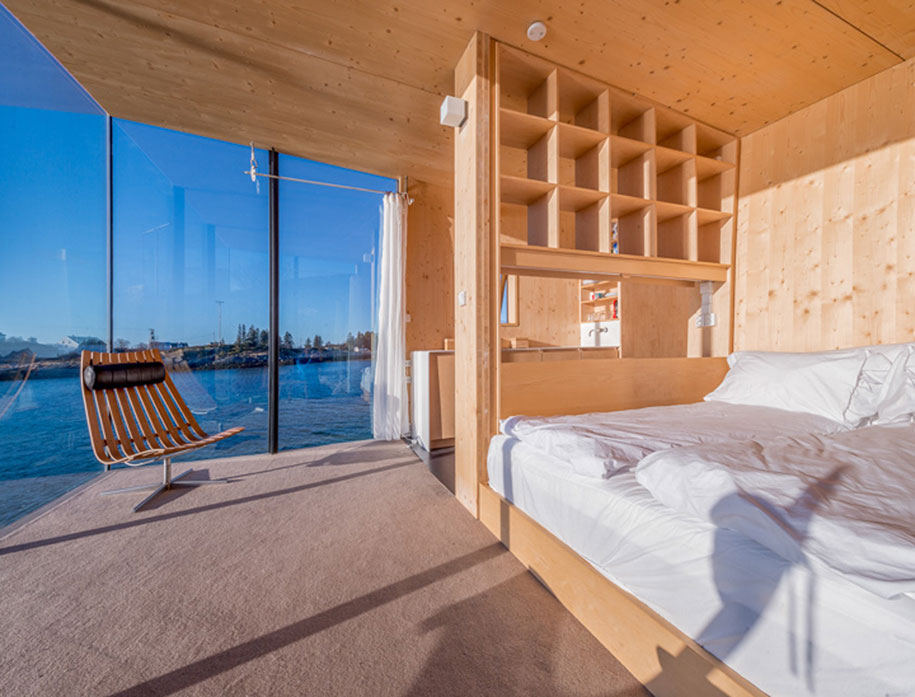
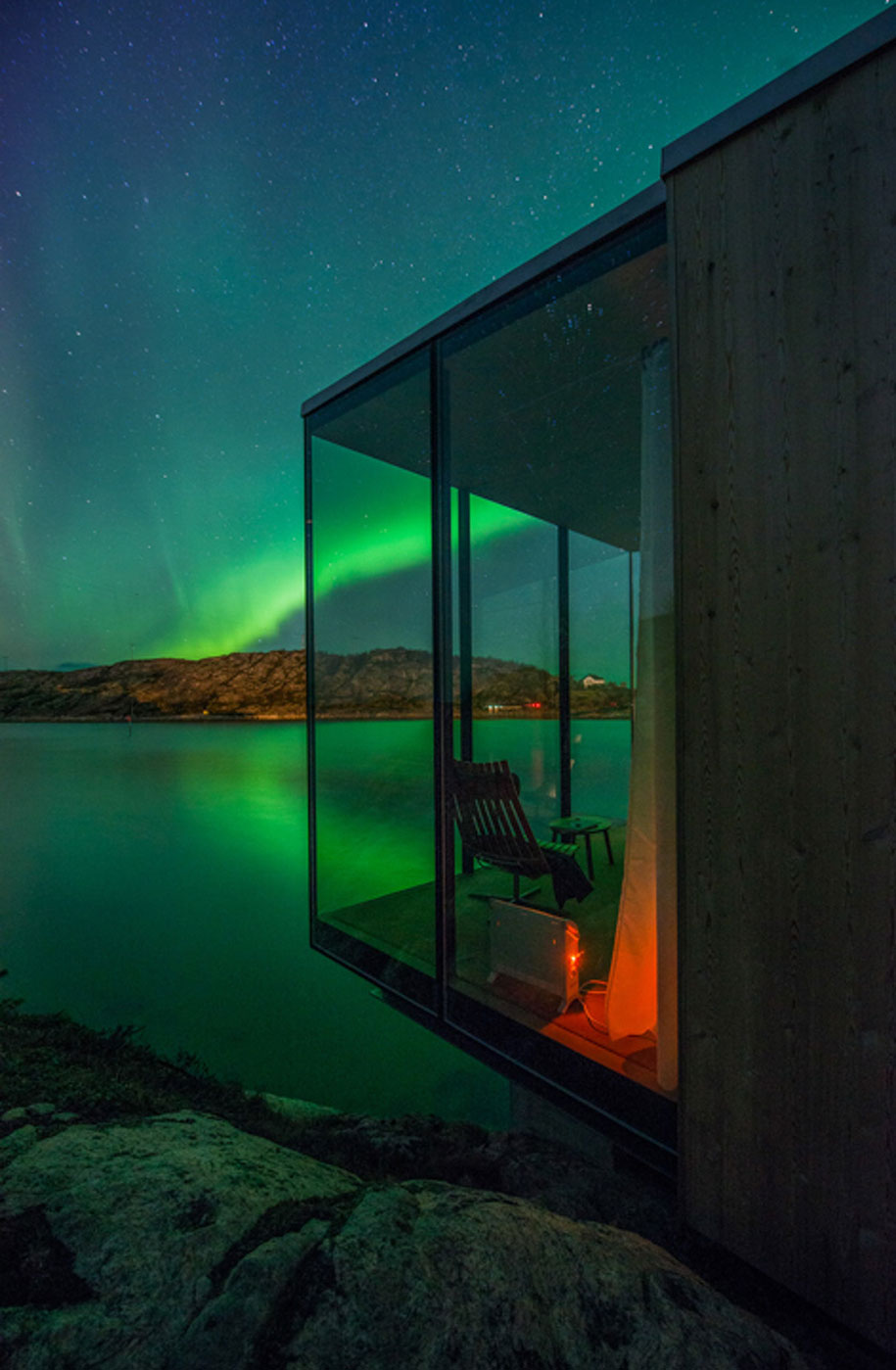
More here.
03. [Popular Choice Winners] Aldo Amoretti Photography for the project ‘Zinc Mine Museum’ in Sauda Norway designed by Atelier Peter Zumthor. Aldo Amoretti’s work won the popular choice award.
“The project was commissioned by the Statens vegvesen, the Norwegian Public Roads Administration, to commemorate the almost forgotten history of the zinc mine. On taking a closer look, one can indeed discover traces of the canyon’s mining history: the transport trail beginning at the mine entrance and cut into the slope with supporting walls and bridges, the foundations of the wooden platform from which the ore was thrown down, and the remains of foundations for simple wooden structures that have since disappeared. Our design works with these elements. It proposes a family of four structures, light wooden constructions along the old mine pathway.”
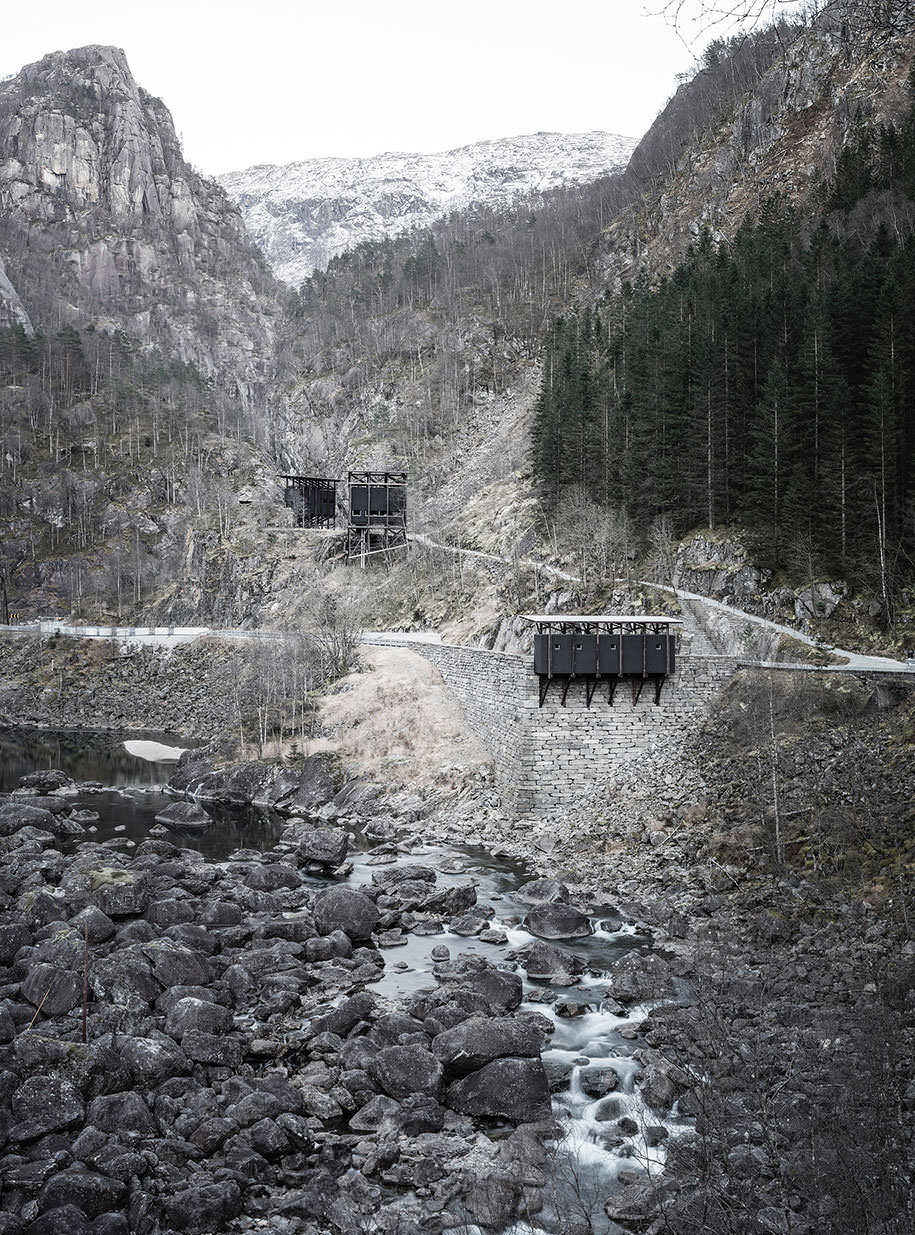
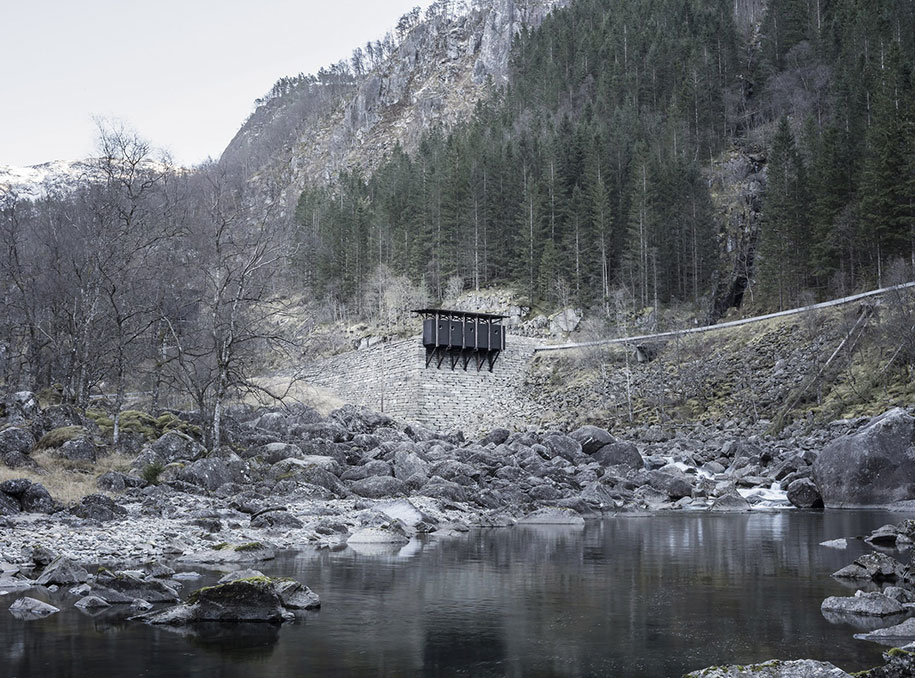
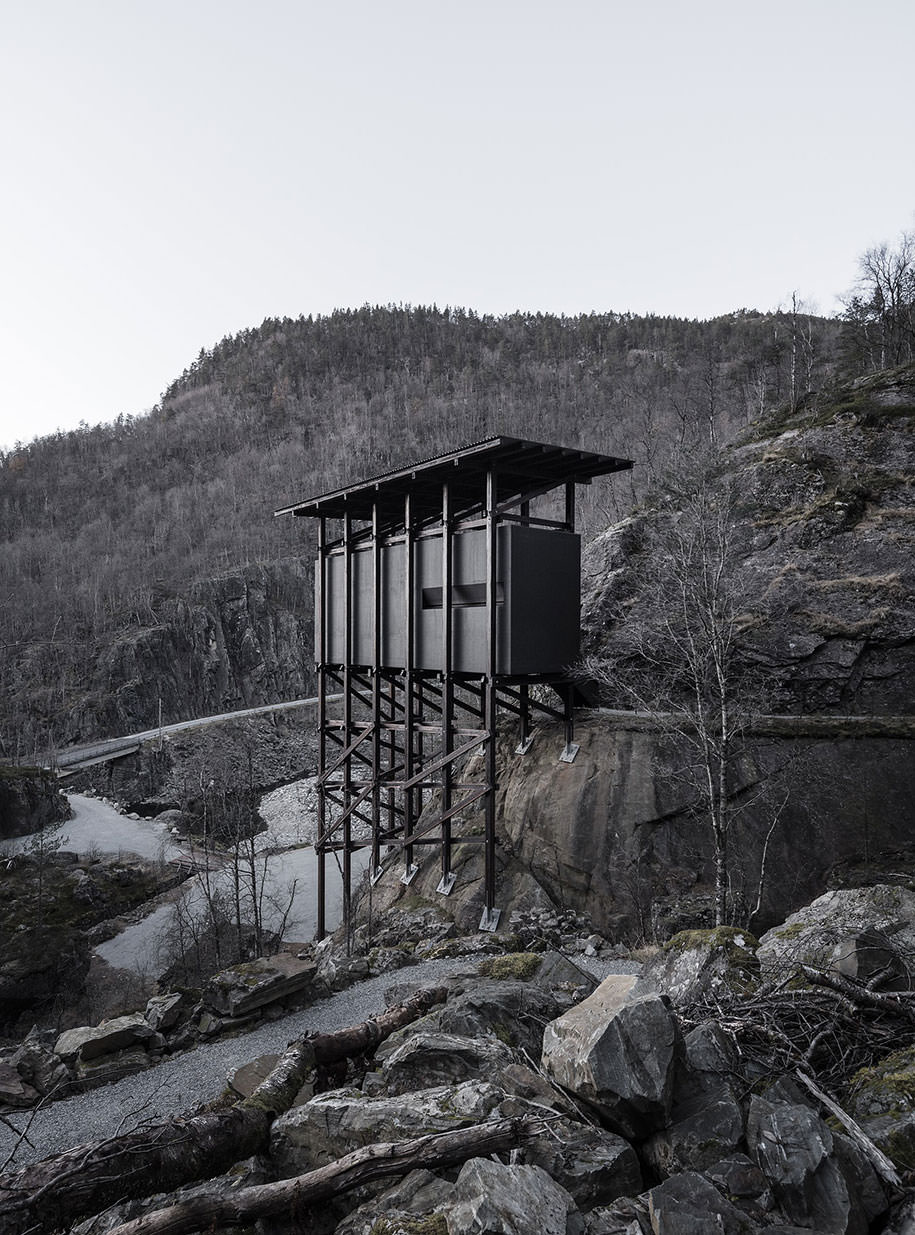
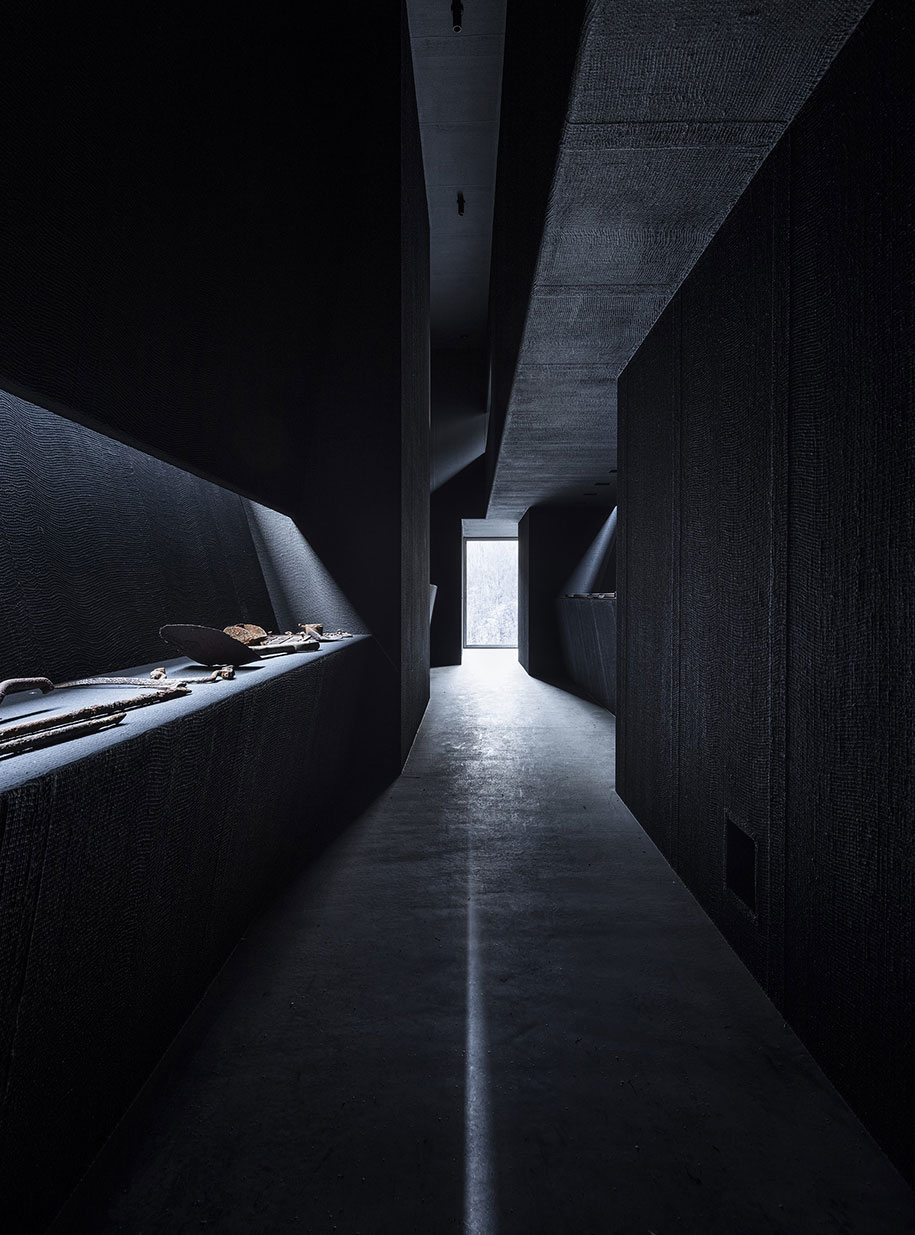
More here.
04. Spirit of Space Videography for the project ‘Writers Theatre’ in Glencoe USA designed by Studio Gang Architects. The project was also photographed by Steve Hall of Hedrich Blessing.
“Theater’s ability to bring people together across boundaries has made it an important force in urban life since ancient times. Studio Gang’s design for Glencoe’s Writers Theatre is intended to maximize this potential for a 21st-century theater company, creating an architecture that energizes the daily life of its community and becomes an exciting, region-wide cultural destination. Organized as a village-like cluster of distinct volumes that surround a central hub, the building’s form resonates with the character of Glencoe’s downtown.”
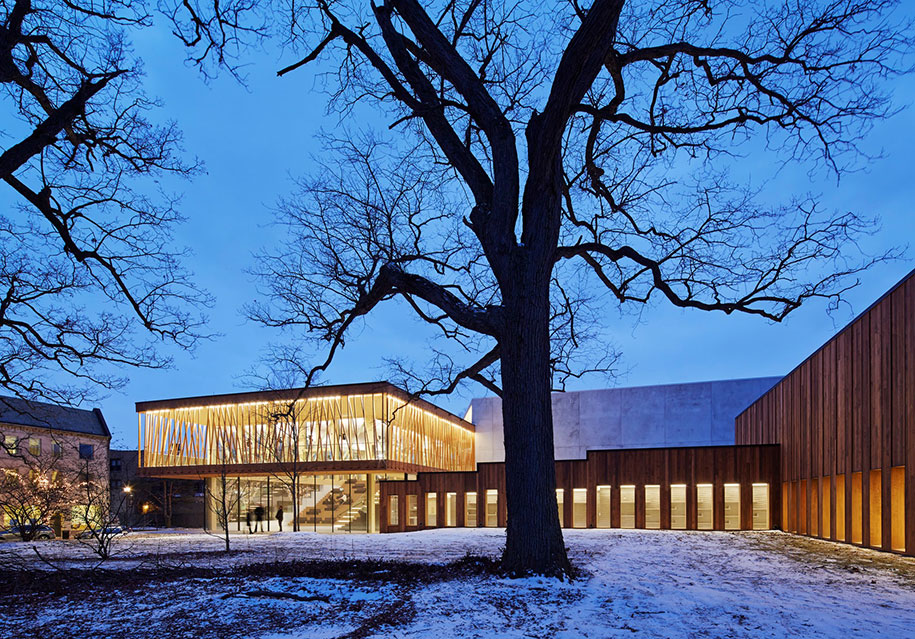
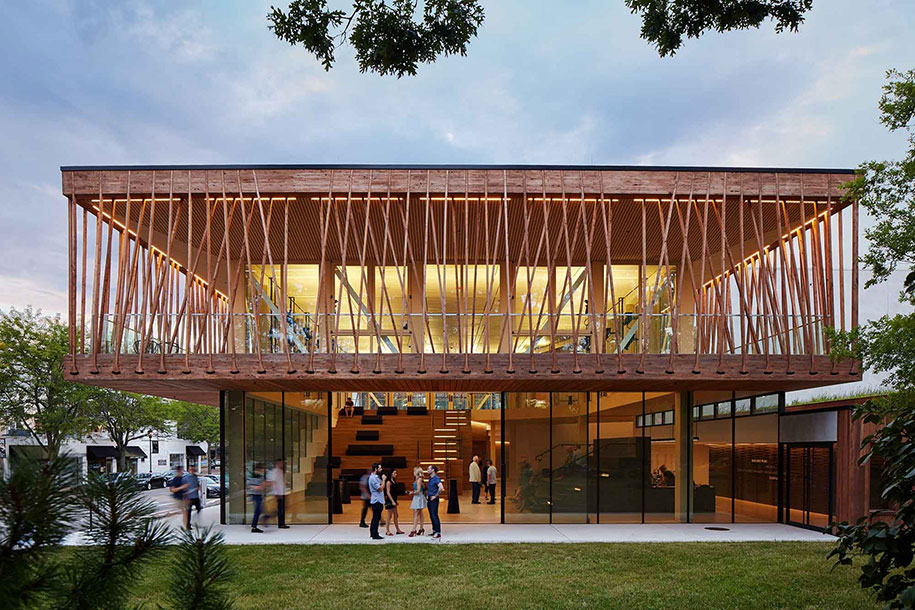
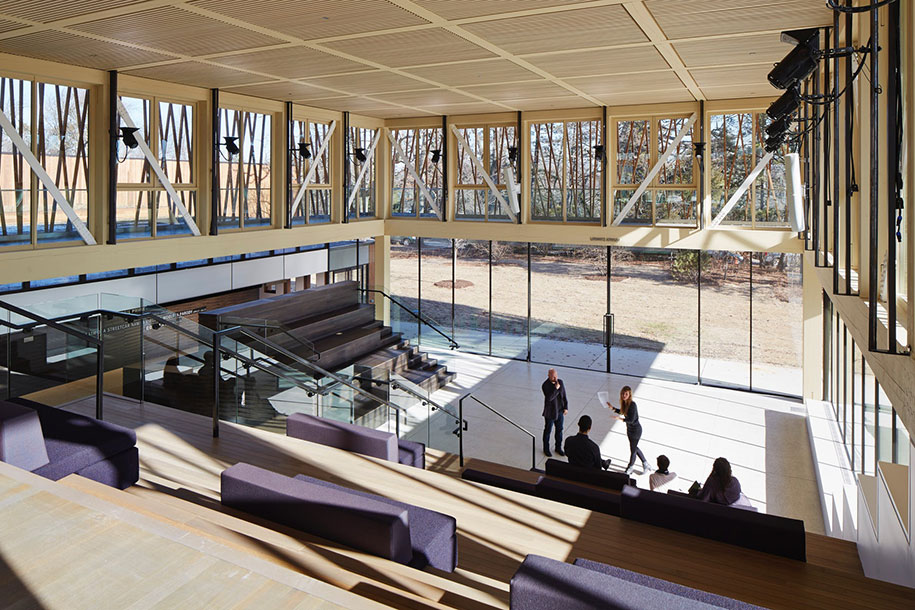
More here.
05. [Jury Winners] Alejandro Villanueva Photography for the project ‘Viewpoint’ in Dovrefjell Norway designed by Snøhetta. Alejandro Villanueva’s work won the Jury Award.
The time-lapse video was made in collaboration with the Norwegian Nature Inspectorate and Wild Reindeer Center, as part of the a film for Iconic Norway, a journey through Norway’s contemporary architecture.
In 2016 the jury award went to Spirit of Space videography for the project “House of Music” and the popular choice award went to Fernando Guerra | FG+SG for the project “Fogo Natural Park Venue”. In 2015 the jury award went to Spirit of Space videography for the project “Sifang Art Museum” and the popular choice award went to Mika Huisman for the project “Seinäjoki Library”. In 2014 the jury award went to Spirit of Space videography for the project “Sliced Porosity Block” and the popular choice award went to Pygmalion Karatzas Photography for the project “Morphogenesis”.
Portuguese architect and curator Pedro Gadanho asked the question of how we define what is relevant architectural photography today. In the publication “Shooting Space” they answer this critical issue by choosing examples from both the broader field of photography and the field of architecture, which in turn opens up the complex articulation of the interests of both arenas. This choice also reflects and honours the history of the photographic medium, since architectural photography started simultaneously with the arrival of photography itself. Photography of architectural subjects has been in existence for nearly 175 years. The history of photography reveals a continued interest in portraying urban scenery and collecting architectural typologies. Independently of this, as soon as the technology became available, the discipline of architecture embraced photography as a means to draw design closer to reality. The history of architectonic practice reveals a connection with the photographic medium that goes beyond its mere documentation; it became an integral part of the design process itself.
As the architectural industry developed with the globalisation of modernism, the photography of just-finished buildings flourished, with photographers like Julius Shulman and Ezra Stoller evolving from commercial practices to accepted authors in the field of photography. Similar to cinematography, they became the expression of a politique des auteurs. Throughout the past decades, as architecture and web-based media proliferated, it increased the demand of architectural images creating the need for photographers that rise above the average and retain a distinct gaze.
Parallel to the above relationship which placed photography in service of architecture, we also have many independent contemporary artists who turned to photography to create a focus on the lures and contradictions of architecture; while some architects-turn-photographers use the medium as a device to substitute for the production of actual architecture (similar to the ‘paper architects’ in the 1970s who claimed that drawings and ideas were sufficient to feed architectural discourse). Gadanho suggests that such fictional strategies expand the definition of architectural photography and shouldn’t be ignored from the broader cultural circuit of architecture. Furthermore he argues that with the perfect depiction offered by digital renderings nowadays, architectural photography is in the place where painting was 150 years ago: in need to move beyond its traditional role as a mere tool in the neutral, realistic representation of architecture; in need to aspire to something greater. He suggests a shift from the portrayal of architecture to establishing an expressive dialogue with the contemporary urban landscape.
Pygmalion Karatzas
Architect, Photographer
M.Sc. Urban Design
Photo editor, arcspace.com
READ ALSO: The Award Winning Summer House in Halkidiki, Greece by Eva Sopeoglou